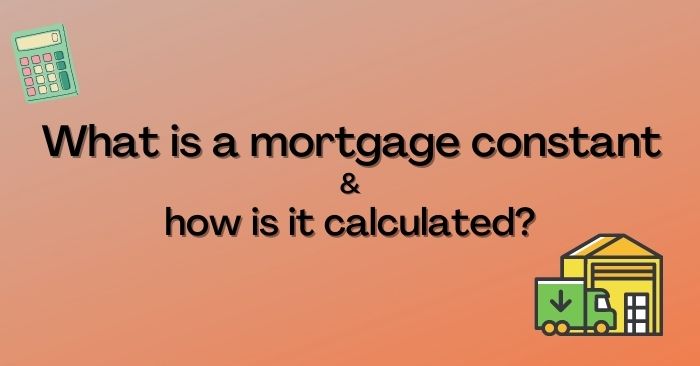
If you intend to apply for a commercial real estate loan, a great term to know is mortgage constant. A mortgage constant is the percentage you pay annually in comparison to the total loan amount.
To calculate this amount, you'd add the monthly payments for a single year and divide the remaining by the total amount of the mortgage loan. For example, you may have a $500,000 mortgage and pay $2,000 a month at a 4 percent interest rate.
The cap rate (capitalization rate) is used to determine the ratio of the net operating income (NOI) in comparison to the original purchase price, which can demonstrate the rate of return.
If the constant rate is higher than the cap rate, this indicates there may be a negative return on investment, but if the cap rate is higher, there will be a positive return on investment.
The benefit of using the mortgage constant is it provides a quick way to assess the value of a property you plan to invest in and how profitable it can be.
On the downside, using a mortgage constant only provides a fixed viewpoint of the investment without taking into consideration when interest payments are made. For this reason, it’s best to use the mortgage constant as one of many ways to examine the potential of an investment.
If you’re interested in finding out a mortgage constant for a property, there are free tools found online which can help you make the calculations on your investment journey.

I became interested in the business because I genuinely enjoy helping people. I enjoy the art of finding homes to meet my client's needs, and pride myself on being a devoted and thorough listing and buyers agent. Twelve years later and I still LOVE what I do! Give me the opportunity to make your home buying or home selling experience fun and seamless.